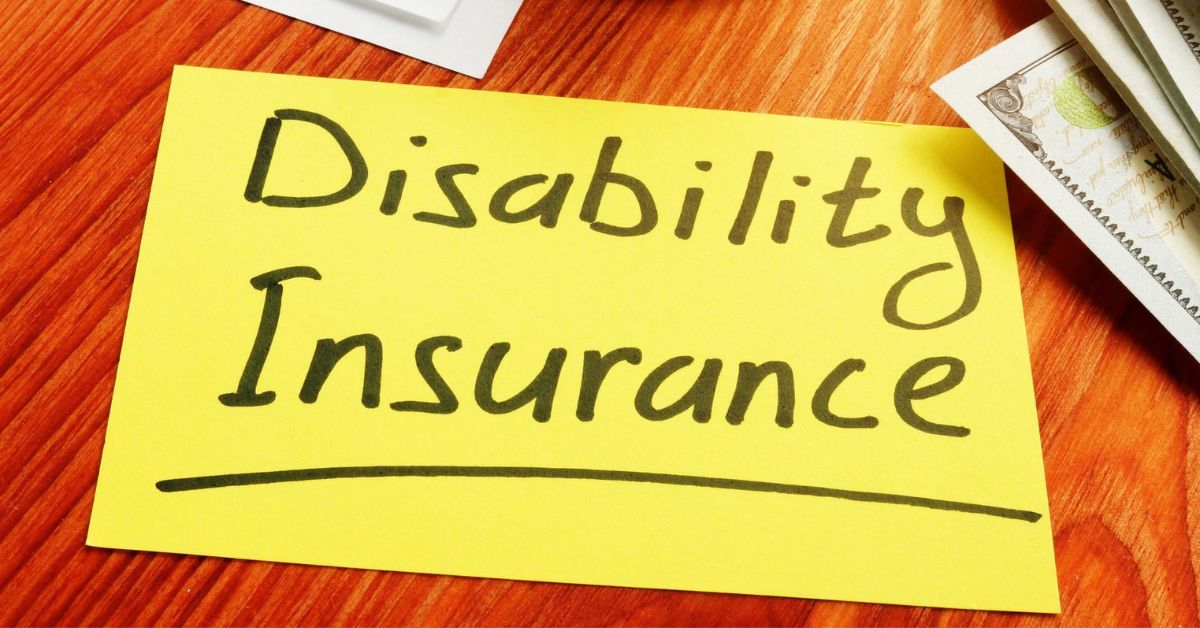Life is nothing if not unpredictable. It consistently challenges us with a series of setbacks and hurdles, making us more resilient and mentally tough with every push. However, there are certain circumstances in this journey of ups and downs, and recovering from them feels like impossible. Disability is among them.
Disability is not just a challenge regarding an individual’s normal functionality rather it brings catastrophic effects on all areas of their life; most notable of them is finance.
From mortgages to daily living expenses, they face rock bottom in every aspect of their financial situation.
This is where disability insurance comes at work. It not only helps people to stabilize their financial situation but also provides them peace of mind and hope to live as actively as before.
There are many disability insurance types, each one serving a distinctive purpose.
If you want to expand your knowledge in this regard, read our blog.
What Is Disability Insurance?
Disability insurance is a specialized form of coverage designed to offer financial support to individuals who are incapable of work due to a disability.
Disabilities can result from various causes, including illnesses, injuries, or other medical conditions. Contrary to other forms of insurance that focus on property or life, disability insurance is centered around income protection.
Two Types of Disability Insurance
Short-Term Disability Insurance
Short-term disability insurance bridges the financial gap during temporary disabilities, typically covering a portion of your salary for a limited duration. It acts as a valuable resource for individuals facing short-lived medical conditions, ensuring a steady income stream during the recovery period.
Long-Term Disability Insurance
This type offers more security among the two types of disability insurance. Long-term disability insurance steps in when a disability extends beyond the scope of short-term coverage.
This form of insurance provides a more sustained financial solution, offering protection for an extended period or until the disability ceases or the retirement age is reached.
Benefits of Disability Insurance
Financial Security
Disability insurance acts as a crucial safety net by providing financial stability in times of need. A practical illustration of the benefits of disability insurance can be seen in the following disability insurance example.
This form of insurance replaces a portion of your income, ensuring that you can meet essential expenses even when unable to work.
This financial support helps individuals and their families maintain their standard of living during challenging periods, such as recovery from an injury or illness.
Flexibility in Coverage
The diverse range of disability insurance options offers flexibility to tailor coverage based on individual needs. For instance, let’s delve into a disability insurance example to illustrate this flexibility.
In this scenario, policyholders can customize their coverage to address specific concerns without the need for permanent commitment.
This practical example showcases how disability insurance plans can evolve with the changing needs of individuals, acting as a dynamic shield against unforeseen challenges and thereby enhancing the overall resilience of their financial well-being.
Peace of Mind
Knowing that a safety net is in place in case of disability eliminates the uncertainty associated with potential financial hardships.
This peace of mind is derived from the knowledge that, in the face of unexpected health challenges, there is a type of disability insurance available to rely on, allowing individuals to navigate through life’s uncertainties with confidence.
Also Read: Difference Between FMLA and Short-Term Disability
Protecting Your Livelihood
Disability insurance serves as a robust safeguard for your livelihood. These policies prevent a temporary or long-term disability from jeopardizing your financial well-being.
This protection ensures that individuals can continue to support themselves and their families, maintaining their livelihoods even during challenging health circumstances.
Supporting Recovery
Disability insurance contributes significantly to a smoother recovery process by offering financial support during a period of disability. This support allows individuals to focus on healing without the added stress of financial concerns.
These policies play a tangible role in facilitating recovery by alleviating financial burdens allowing individuals to prioritize their health and well-being during the rehabilitation process.
Disability Insurance Cost
Understanding the factors that influence disability insurance price is crucial for individuals seeking financial protection in the face of potential health challenges. The key considerations that contribute to the pricing of disability insurance are:
Occupation and Industry
The nature of your occupation plays an influential role in assessing the cost of disability insurance. Jobs with higher risks of injury or illness may incur higher premiums. For instance, those in physically demanding professions may face different pricing structures compared to individuals in low-risk office-based roles.
Age and Health Status
Age and current health status are pivotal factors in pricing disability insurance. Generally, younger and healthier individuals may benefit from more affordable premiums. As age increases, the likelihood of health issues rises, impacting the cost of coverage. Maintaining a healthy lifestyle can positively influence insurance pricing.
Coverage Amount and Duration
The amount of coverage you seek and the duration of the policy directly impact pricing. Opting for a higher coverage amount or an extended benefit period may result in higher premiums. It’s essential to keep a balance between securing adequate coverage and managing costs effectively.
Elimination Period and Waiting Period
The elimination period, or waiting period, refers to the time between the onset of the disability and when benefit payments commence. A shorter elimination period often leads to higher premiums.
Evaluating your financial capacity during potential waiting periods can help you choose an option that aligns with your needs.
Type of Disability Insurance
Different types of disability insurance, such as short-term and long-term policies, come with distinct pricing structures. Short-term disability insurance tends to have lower premiums but offers coverage for a limited duration.
Long-term disability insurance, with extended coverage, may have higher premiums reflecting the prolonged protection it provides.
Policy Riders and Add-ons
Additional features, known as riders or add-ons, can enhance your disability insurance policy but may contribute to increased costs.
Examples include cost-of-living adjustments, residual disability benefits, or catastrophic disability coverage. Assessing the necessity of these add-ons based on your individual circumstances is essential in managing overall costs.
Insurance Provider and Policy Features
Different insurance providers may offer varying pricing structures and policy features. It’s advisable to compare quotes from reputable insurers, considering not only the cost but also the overall value provided by the policy. Look for insurers with a track record of reliability and prompt claims processing.
Conclusion
In essence, disability insurance acts as a savior for people stuck with challenging incapacity. From offering substantial financial coverage to equipping individuals with the required peace of mind, it works on all fronts with great outcomes.
However, to leverage maximum benefits and the needed assistance, it is crucial that people thoroughly understand disability insurance types and how each can aid them. By getting comprehensive knowledge and professional guidance, they can certainly fight financial adversities with a stabilized and proactive approach.
Besides comprehending disability policies, consulting a professional and reliable insurer is also an essential factor. Do not just go after a policy that costs less, rather investigate its overall features and how dependable it is in grave circumstances.
Being attentive and holistic can assist you in finding the best insurance agency that meets your needs.
So get insured with a credible agency and safeguard your today, build your today!
FAQs
In what form do disability income policies typically pay benefits?
Disability income policies typically pay benefits in the form of regular monetary payments to the policyholder.
Which type of insurance protects your ability to earn income?
Disability insurance is designed to protect your ability to earn income. This type of insurance provides financial support if you are unable to work due to a covered disability. It helps replace a portion of your lost income during the period of disability, ensuring you can meet your financial needs despite being unable to work.
Which type of renewability best describes a disability?
Guaranteed renewable is a type of renewability that best describes disability insurance. With guaranteed renewable policies, the insurance company is obligated to renew the policy as long as the policyholder continues to pay the premiums. This feature provides policyholders with continued coverage and protection against the risk of disability over the long term.

